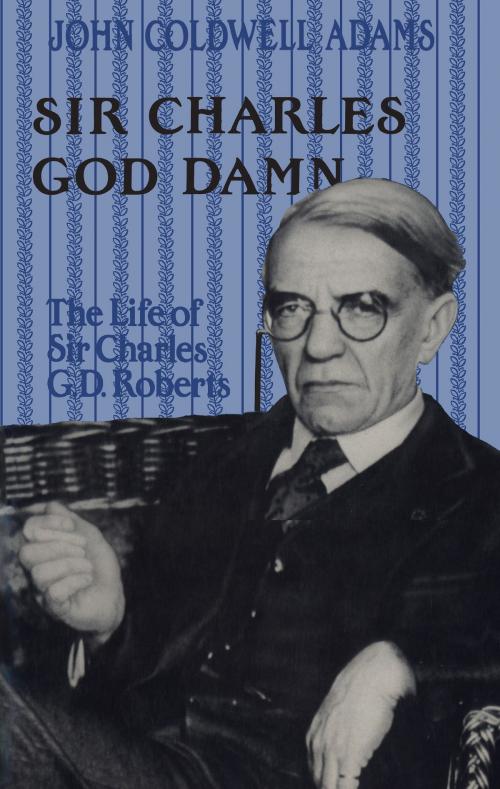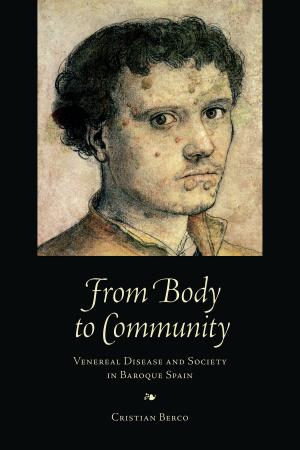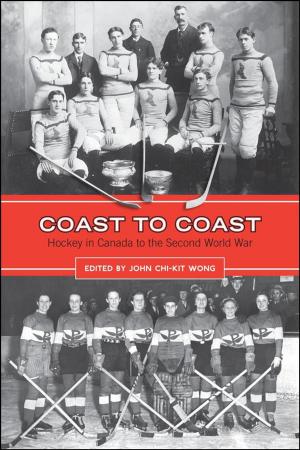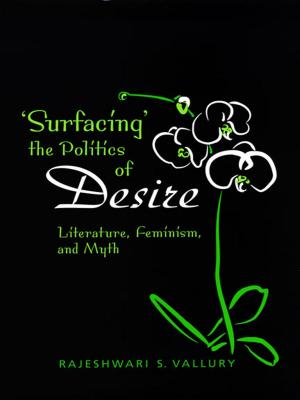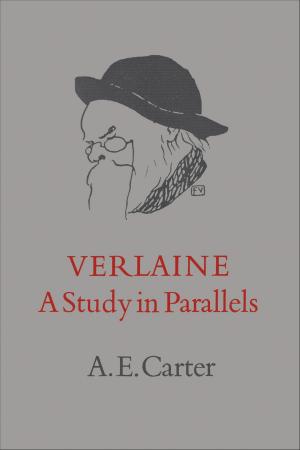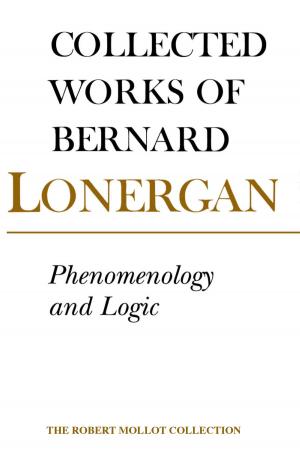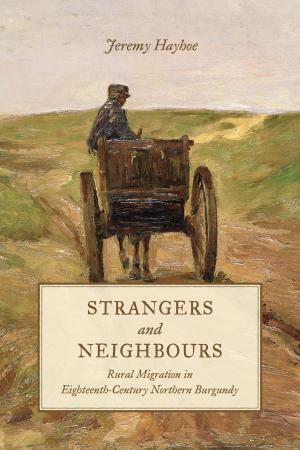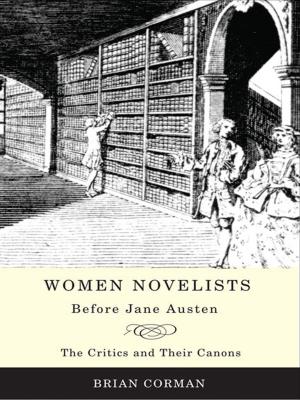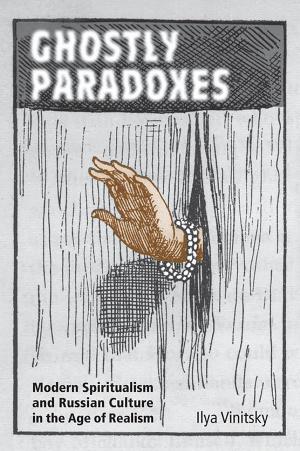Sir Charles God Damn
The Life of Sir Charles G.D. Roberts
Fiction & Literature, Literary Theory & Criticism, Canadian, Poetry History & Criticism, Biography & Memoir, Literary| Author: | John Coldwell Adams | ISBN: | 9781442632943 |
| Publisher: | University of Toronto Press, Scholarly Publishing Division | Publication: | December 15, 1986 |
| Imprint: | Language: | English |
| Author: | John Coldwell Adams |
| ISBN: | 9781442632943 |
| Publisher: | University of Toronto Press, Scholarly Publishing Division |
| Publication: | December 15, 1986 |
| Imprint: | |
| Language: | English |
A new era in Canadian poetry began in 1880 with the publication of Charles G.D. Roberts’ Orion and Other Poems. He was just twenty years old. Roberts was soon acknowledged as leader of the so-called Confederation Poets—Bliss Carman, Duncan Campbell Scott, and Archibald Lampman. During his long lifetime he wrote hundreds of poems as well as novels, histories, short stories, translations, and essays; he also originated the realistic animal story popularized by Ernest Thompson Seton. He awed literary critics with the versatility of his writing and shocked staid Canadians with the escapades of an unconventional private life.
Married at twenty in his native New Brunswick, Roberts soon after began a series of romantic entanglements. While his wife, May, raised the children in Fredericton, he swanned around New York, Havana, and the capitals of Europe. He experienced the Bohemian life of Washington Square around the turn of the century and lived in Montparnasse long before it became famous as an expatriate haven. In 1907 he sailed off to Europe and stayed for eighteen years. When he finally returned aboard the Berengaria in 1925 for a reading tour, he was lionized from coast to coast. For almost two decades he remained a prominent figure in Canadian literary and social circles. He was national president of the Canadian Authors’ Association from 1927 to 1929, and in 1935 he was knighted. At the age of eighty-three, just three weeks before his death in 1943, he married for a second time.
Perhaps over-praised as a writer in his own lifetime, Roberts’ reputation has since languished. His main literary achievement, Adams concludes, was in being the first Canadian writer to come to terms with the Canadian landscape, influencing his contemporaries to see their own surroundings with fresh and discerning eyes. The story of his personal life, recounted here fully and objectively for the first time, adds a vivid portrait to the gallery of Canada’s literary pioneers.
A new era in Canadian poetry began in 1880 with the publication of Charles G.D. Roberts’ Orion and Other Poems. He was just twenty years old. Roberts was soon acknowledged as leader of the so-called Confederation Poets—Bliss Carman, Duncan Campbell Scott, and Archibald Lampman. During his long lifetime he wrote hundreds of poems as well as novels, histories, short stories, translations, and essays; he also originated the realistic animal story popularized by Ernest Thompson Seton. He awed literary critics with the versatility of his writing and shocked staid Canadians with the escapades of an unconventional private life.
Married at twenty in his native New Brunswick, Roberts soon after began a series of romantic entanglements. While his wife, May, raised the children in Fredericton, he swanned around New York, Havana, and the capitals of Europe. He experienced the Bohemian life of Washington Square around the turn of the century and lived in Montparnasse long before it became famous as an expatriate haven. In 1907 he sailed off to Europe and stayed for eighteen years. When he finally returned aboard the Berengaria in 1925 for a reading tour, he was lionized from coast to coast. For almost two decades he remained a prominent figure in Canadian literary and social circles. He was national president of the Canadian Authors’ Association from 1927 to 1929, and in 1935 he was knighted. At the age of eighty-three, just three weeks before his death in 1943, he married for a second time.
Perhaps over-praised as a writer in his own lifetime, Roberts’ reputation has since languished. His main literary achievement, Adams concludes, was in being the first Canadian writer to come to terms with the Canadian landscape, influencing his contemporaries to see their own surroundings with fresh and discerning eyes. The story of his personal life, recounted here fully and objectively for the first time, adds a vivid portrait to the gallery of Canada’s literary pioneers.
